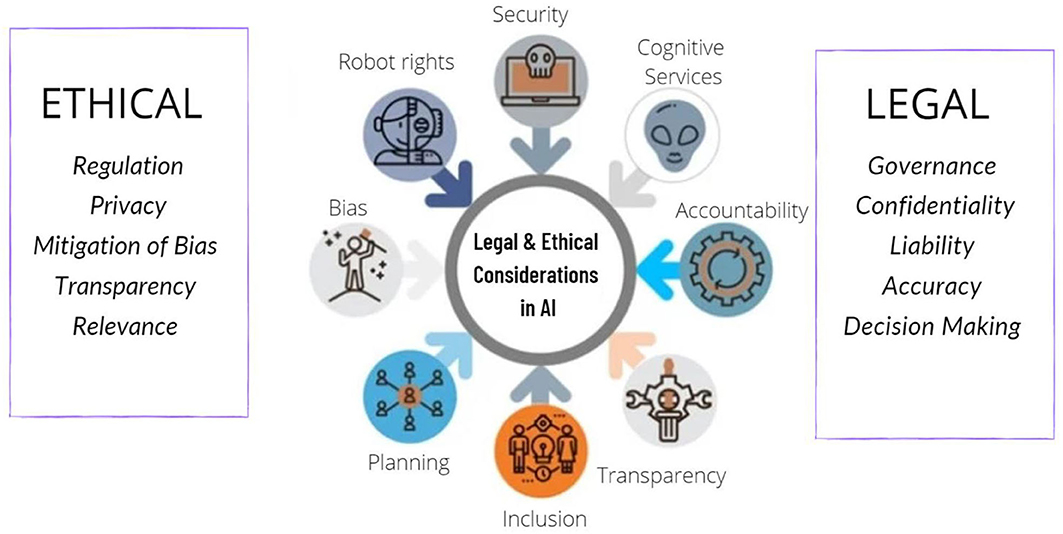
AI’s Leap into Driverless Vehicles: Ethical and Practical ConsiderationsAI’s Leap into Driverless Vehicles: Ethical and Practical Considerations The advent of artificial intelligence (AI) has sparked a revolution in the automotive industry, promising to reshape the future of transportation with driverless vehicles. While this technology holds immense potential for improving road safety, efficiency, and accessibility, it also raises a myriad of ethical and practical considerations that must be carefully navigated. Ethical Implications: * Safety: Ensuring the reliability and safety of AI-powered vehicles is paramount. Advanced sensors and algorithms must be tested and proven to operate flawlessly in various scenarios, minimizing the risk of accidents caused by system failures. * Job Displacement: The widespread adoption of driverless vehicles has the potential to displace millions of professional drivers, raising concerns about economic inequality and job security. Governments and industries must develop strategies to mitigate this impact. * Privacy and Data: AI systems rely on massive amounts of data to train and operate. It is essential to ensure that personal information collected by self-driving cars is protected from misuse or hacking. * Ethical Dilemmas: AI systems face complex situations that may challenge human morality. For instance, in the event of an unavoidable accident, how should the vehicle decide who to protect? Practical Considerations: * Infrastructure: Cities and roads must be adapted to support driverless vehicles, including the installation of smart sensors, traffic management systems, and designated lanes. * Regulation: Governments must establish clear laws and regulations to govern the operation and liability of self-driving cars. This includes setting safety standards, testing procedures, and insurance requirements. * Insurance: Traditional auto insurance models may not be suitable for driverless vehicles. New insurance solutions are needed to address the potential risks and responsibilities associated with autonomous driving. * Cost and Accessibility: The cost of developing and deploying driverless vehicles is likely to be significant. Ensuring that this technology is accessible to all users, regardless of income level, is essential. Path Forward: To responsibly and successfully integrate driverless vehicles into our society, it is crucial to engage in a comprehensive dialogue that addresses the ethical and practical considerations outlined above. * Government Collaboration: Governments must work together to establish international standards and regulations to ensure the safety and reliability of self-driving cars. * Industry Innovation: Companies involved in the development and deployment of AI-powered vehicles should prioritize safety and ethical considerations. * Public Engagement: The public must be informed and engaged in the decision-making process to build trust and acceptance of driverless vehicles. * Continuous Monitoring and Evaluation: As AI technologies evolve, it is essential to continuously monitor and evaluate their performance to ensure they meet ethical and safety standards. By carefully considering and addressing these ethical and practical complexities, we can harness the transformative power of AI-powered vehicles to create a safer, more efficient, and accessible transportation system for the benefit of all.
Posted inNews